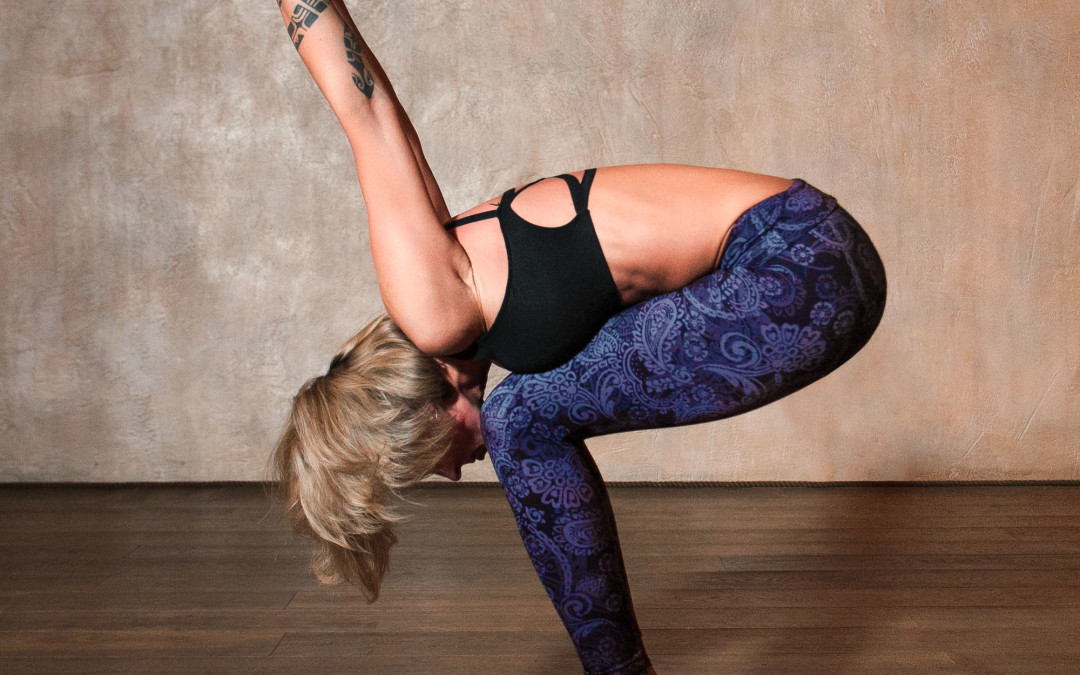With so many different flavors of yoga out there it can be overwhelming to someone who doesn’t feel “in” with all of the yoga lingo and culture. From the outside yoga can appear exclusive; only for the super bendy and former gymnast/cheerleader types.
Or maybe it doesn’t seem hard core enough for the body-builders, spinners or cross fitters. Or maybe it just never occurred to some people as something that they would benefit from. And then there are those who think it’s too late for them to start.
But here’s the good news! Yoga is so versatile that there is a style for everybody, at any age, or ability level. And it can benefit everyone who begins a practice.
I’ve become more passionate about getting the word out about yoga’s accessibility and benefits since working toward my yoga teacher certification. So a good place to start is to lay out the different choices to see what feels right for you.
Kundalini Yoga- the name is just fun to say (I think), but in sanskrit kundalini is the energy that resides at the bottom of your spine, and when ignited rises up through the seven chakras to the crown of your head, creating spiritual transformation and enlightenment. Kindalini yoga is the blend of spiritual and movement practices for igniting that energy, such as breathing, chanting, meditation, and asana (poses). The goal is to increase your spiritual experience, consciousness and awareness, increase will power and intuition, quiet the mind and release stress.
Hatha- Hatha yoga is what most people think when they hear the word yoga. It’s the most generic form of yoga out there, and combines physical poses and stretching with breath and movement. It’s not the most physically demanding, but it will help increase flexibility and calm the mind. Hatha yoga is on the gentler side, with less focus on alignment, or rigorous movement. Hatha is a good place for beginners to start without feeling overwhelmed.
Ashtanga- Like hatha yoga it combines breath and movement into sequences of poses that are done briskly to build heat in the body, toning muscles and strengthen the core. The main difference is that ashtanga always uses the same sequences of poses in every class, and is more physically demanding. So you can take a class at a new studio and still know exactly what’s coming. Physical and athletic types will enjoy this one.
Vinyasa– Similar to hatha and ashtanga, Vinyasa combines poses in sequences that flow one into another to keep the body moving. These classes are lively and playful. Unlike ashtanga no two classes are the same, as each teacher creates his or her own sequences of postures. This is good for weightloss, toning muscles, increasing flexibility and balance.
Bikram– Like in Ashtanga, Bikram follows the same, specific set of poses for each class, but it’s done in an hot environment, to encourage flexibility and detoxification through sweating. *Note* you will sweat buckets.
Iyengar– Iyengar yoga focuses on strict alignment principles in each pose. A pose may be held for a longer amount of time than in other yoga classes because it teaches you where every muscle, ligament and bone should be and what it’s doing. Although it may not go through quick sequences that build up a sweat, you will be surprised how difficult it can be to hold some poses while engaging in the correct muscles in the proper alignment. This is a great option for people with injuries or chronic because your instructor will help you get into each posture safely. When yoga poses are done in proper alignment there is very little chance of injury. When you’re going from one pose to another without any awareness of your body in space is where you may run into trouble.
Restorative– In restorative yoga you will only do about 5 or six poses in the whole class, but each pose is designed to take you into a deep state of relaxation and is supported with props such as blocks, blankets, bolsters, straps and sandbags. It helps our minds let go of the thought-chatter, so we can connect with the truest aspect of ourselves without the layers of our “story” clouding our mind. Restorative is healing and transformative by providing a physically supportive environment so the parasympathetic nervous system can get all cozy, relieving the effects of stress, trauma, and anxiety. Restorative yoga is pretty much good for anything that ails you, be it mental or physical.
Now I want to hear from you!
Share with me in the comments below: What form of yoga are you most drawn to?
XO,



